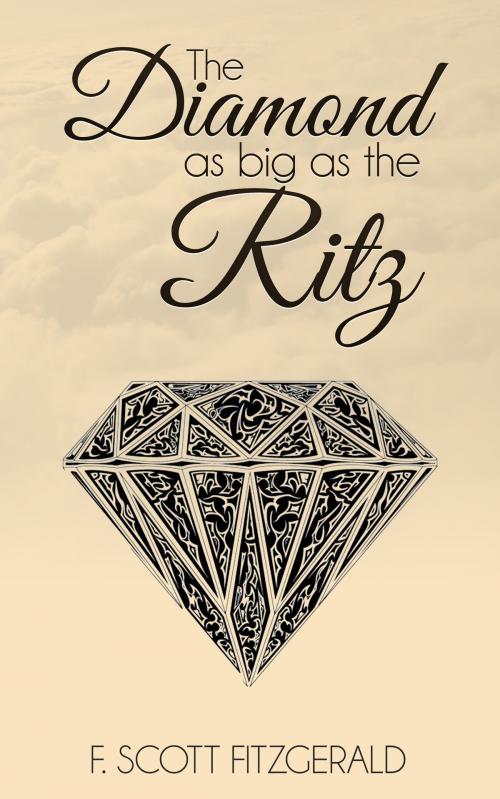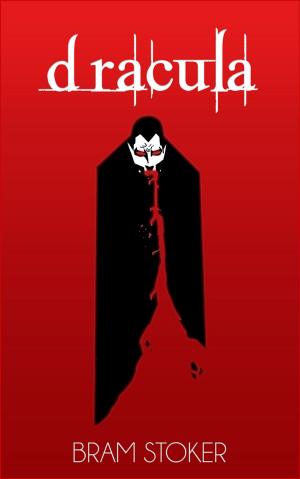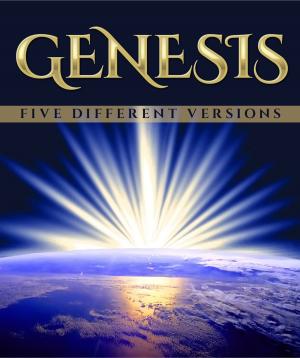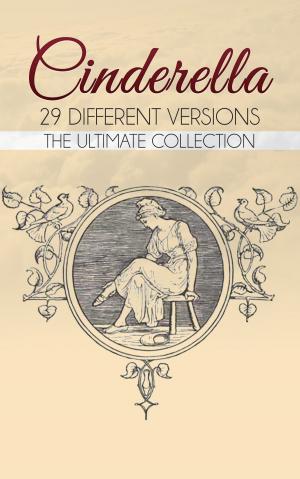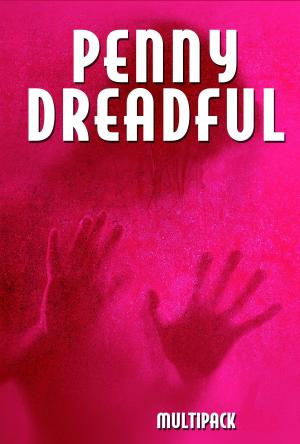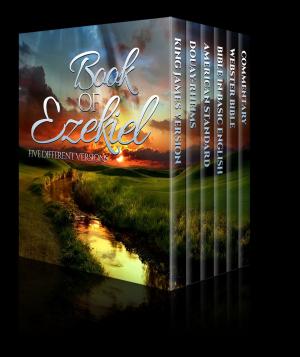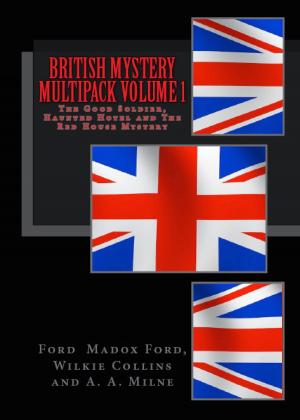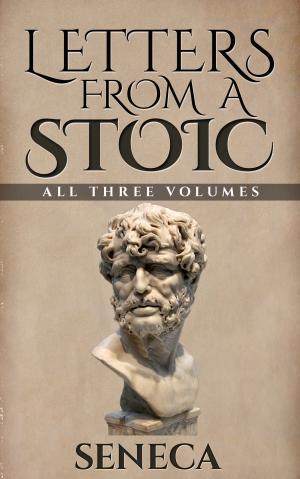The Diamond as big as The Ritz
Mystery & Suspense, Espionage, Fiction & Literature, Classics, Literary| Author: | F. Scott Fitzgerald | ISBN: | 1230000536295 |
| Publisher: | Enhanced E-Books | Publication: | July 6, 2015 |
| Imprint: | Language: | English |
| Author: | F. Scott Fitzgerald |
| ISBN: | 1230000536295 |
| Publisher: | Enhanced E-Books |
| Publication: | July 6, 2015 |
| Imprint: | |
| Language: | English |
First published in the June 1922 issue of The Smart Set magazine, The Diamond as big as The Ritz is one of F. Scott Fitzgerald’s under-rated masterpieces.
John T. Unger is a sixteen-year-old boy from an affluent family in Hades, Mississippi on his way to St. Midas' preparatory school in Boston, the most exclusive and expensive prep school in the world. There, he hobnobs with the wealthy and meets another student named Percy Washington. Percy invites John to spend the Summer with his family "out West," and John, who loves being with the super-wealthy, agrees.
On the train wide West, Percy reveals that his father is the richest man in the world. He has a diamond the size of the Ritz-Carlton Hotel. John soon discovers that Percy is telling the truth. Percy's father, Braddock T. Washington, has built an enormous château on a mountain that is literally one solid, flawless diamond. The diamond sits in the middle of five square miles in the woods of Montana – the only part of the country that has never been surveyed. The United States doesn't know that these five square miles exist at all, and the Washingtons plan on keeping it that way.
The story was initially rejected by publishers because of its not-so-subtle satirical messages about American capitalism. The scenario criticizes Americans as obsessed with wealth, and considers exploitation inherent in building and expanding the country. American critics didn't react well to the story upon publication. After all, who likes being told they're greedy?
But Fitzgerald didn't seem too fazed by these reactions. He said of the story: "[It] was designed utterly for my own amusement. I was in a mood characterized by a perfect craving for luxury, and the story began as an attempt to feed that craving on imaginary foods." (Jazz Age Stories, F. Scott Fitzgerald).
Here it is, Fitzgerald’s rarely talked about ‘gem’ of a short story, fully remastered for digital reading and beautifully illustrated with vintage advertisement art from the early 1920s.
First published in the June 1922 issue of The Smart Set magazine, The Diamond as big as The Ritz is one of F. Scott Fitzgerald’s under-rated masterpieces.
John T. Unger is a sixteen-year-old boy from an affluent family in Hades, Mississippi on his way to St. Midas' preparatory school in Boston, the most exclusive and expensive prep school in the world. There, he hobnobs with the wealthy and meets another student named Percy Washington. Percy invites John to spend the Summer with his family "out West," and John, who loves being with the super-wealthy, agrees.
On the train wide West, Percy reveals that his father is the richest man in the world. He has a diamond the size of the Ritz-Carlton Hotel. John soon discovers that Percy is telling the truth. Percy's father, Braddock T. Washington, has built an enormous château on a mountain that is literally one solid, flawless diamond. The diamond sits in the middle of five square miles in the woods of Montana – the only part of the country that has never been surveyed. The United States doesn't know that these five square miles exist at all, and the Washingtons plan on keeping it that way.
The story was initially rejected by publishers because of its not-so-subtle satirical messages about American capitalism. The scenario criticizes Americans as obsessed with wealth, and considers exploitation inherent in building and expanding the country. American critics didn't react well to the story upon publication. After all, who likes being told they're greedy?
But Fitzgerald didn't seem too fazed by these reactions. He said of the story: "[It] was designed utterly for my own amusement. I was in a mood characterized by a perfect craving for luxury, and the story began as an attempt to feed that craving on imaginary foods." (Jazz Age Stories, F. Scott Fitzgerald).
Here it is, Fitzgerald’s rarely talked about ‘gem’ of a short story, fully remastered for digital reading and beautifully illustrated with vintage advertisement art from the early 1920s.
